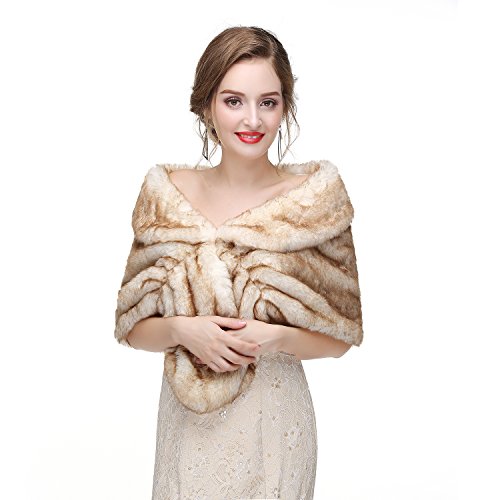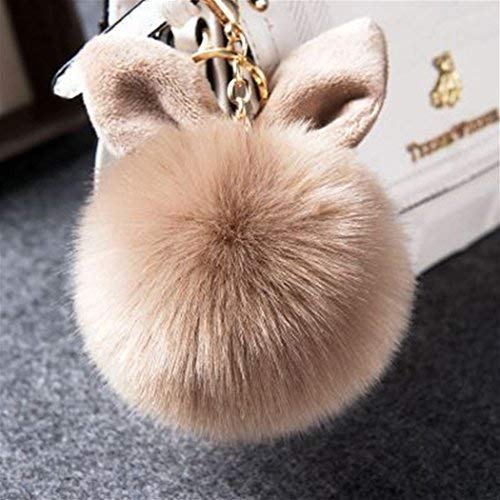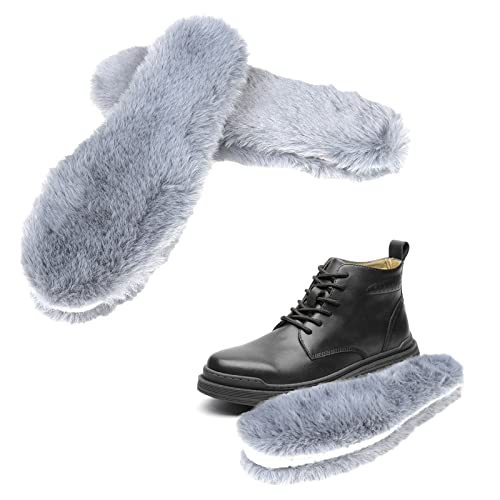A commercial rabbit farm just closed down as I was beginning my own rabbit adventure. The farmer was kind enough to sell me his remaining pellets for dirt cheap. It cost me more in gas to get them than it did to buy them. That cheap LOL.
I can't recall the exact ingredients, but they were comparable to what was at the feed store. He said they were about 2 months old already and if I kept them dry, could keep them for the rest of the year with no issue (since I only had 2 rabbits at the time but I bought enough for 100!). I stored them in an open bin in my environmentally-controlled basement. Humidity never exceeded 30% and the temperature would never be above 65 F.
Combine the fact that I was new and the farmer told me it would be fine, I fed those pellets until the bins were empty. My rabbits never had issues with them, even when they were "expired." As already suggested, this is more of a "best before" date rather than a "you absolutely cannot feed this now" date.
The pellets never moulded or seemed to spoil, but what DID happen was off-putting. It could have been because I was so slow to go through it and that is why this hasn't happened with my store-bought feed, or it could have been because the farmer had stored his pellets in his barn instead of my controlled basement, but.....About 3 months after I got these pellets (now 5-month-old pellets), the pellets began MOVING. There were nearly one hundred mealworms inside of the bin just having the feast of their lives. I picked out the mealworms by hand and closely monitored for any new ones from hatching eggs until they were all gone. I saved all those mealworms as food for other pets (perfect for chicken treats!). I still (foolishly?) fed the pellets and the rabbits still (foolishly?) ate them. No one besides my partner seemed to mind the mealworms!
Now that I have more rabbits and only get my pellets from feed stores, I've never been in a position where I stored pellets for more than 3-4 months. I buy in bulk so I don't have to go out as much. The pellets are still stored in my basement, but are now in airtight bins with lids. Never had mould, or mealworms again, so I would think you would be fine to buy in bulk if you can store pellets in a cool, dry place.
I'm sure some people here are reading this absolutely horrified at me feeding those pellets or at the thought of the mealworm infestation, but I find it an amusing story that may help out someone else in a similar situation. ☺ Fun fact: I still have leftover mealworms just chilling in a jar full of the powder created from eating the pellets, still alive!


































